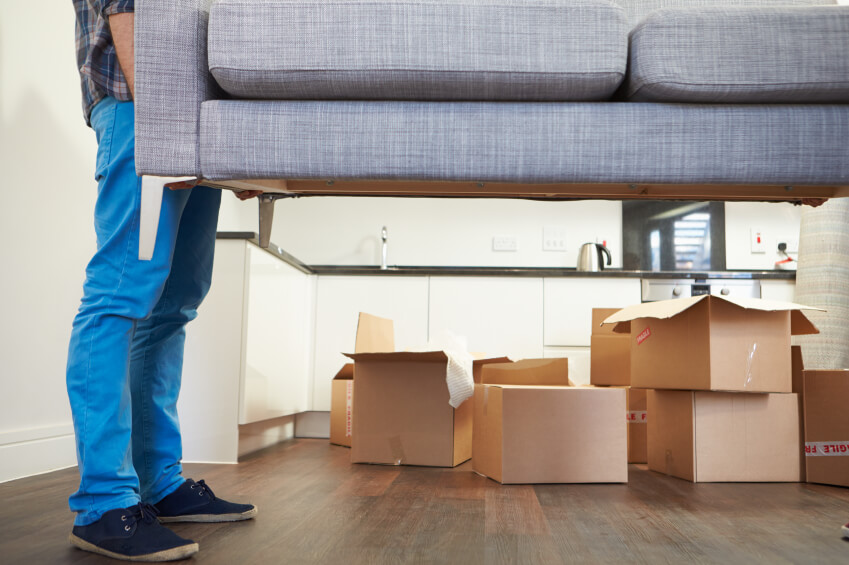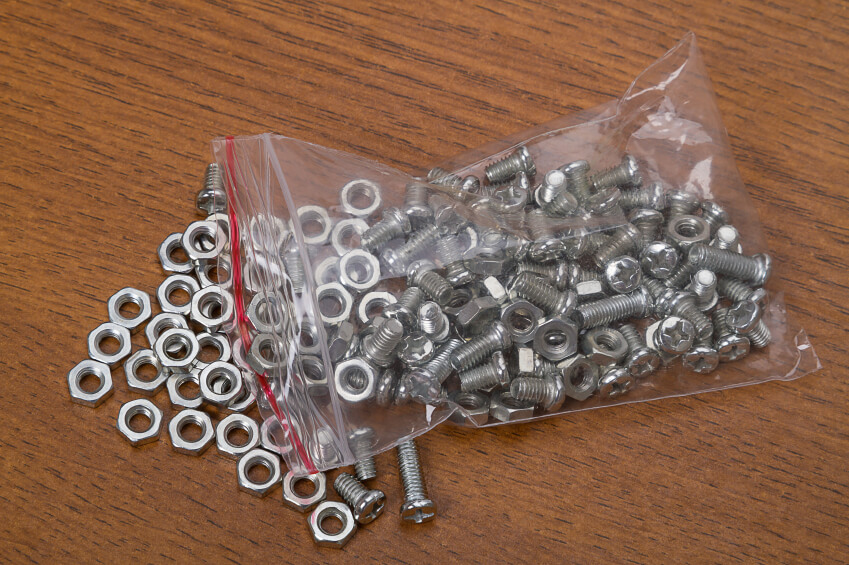Moving is fun. I know this is a controversial statement, but I stand by it. Moving gives me a chance to declutter, organize, and start fresh.
Okay, I’ll admit my first couple of moves weren’t so great, but by now I’m getting pretty good at it (I just finished my sixth move in seven years).
There are some mistakes I made early that you don’t have to. From organization to weight distribution within individual boxes, there are dozens of little tips and tricks for movers.
Here are some that focus on packing supplies that will not only make your move easier, but might even help you make it pleasant.





